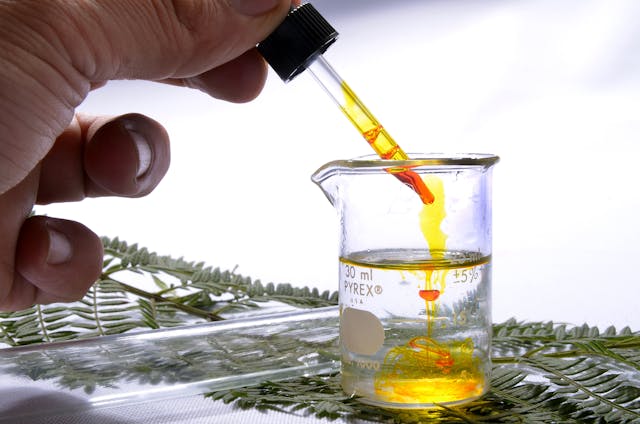
What do enzymes do? Enzymes are proteins that start and speed up chemical reactions in the body. Without enzymes, we could not survive. Without them, our digestion, respiration, and even muscles and nerves would not be able to function fast enough for us to live.
There is no exact number for how many enzymes there are, or even for how many enzymes there are in the human body. Estimates range from as low as 2,000 to as high as 75,000, and there might even be more than that. There are so many enzymes because each one only does a specific job, and there are so many chemical reactions that happen in our bodies to keep us functioning on a day to day basis. All of these enzymes exist within our cells.
An enzyme is a catalyst for a chemical reaction. A catalyst is a substance that speeds up a chemical reaction. They do this by lowering the amount of energy required for the reaction to take place. An important characteristic of a catalyst is that they are not destroyed in the process. Enzymes can be used again and again to speed up the same reaction. If we didn’t have any enzymes, the chemical processes would still happen, but they would be so slow and require so much energy that we would not be able to function usefully.
Here are some examples of the processes in which enzymes are involved. They break down carbohydrates into sugars that the body can use for fuel. They break down fats into fatty acids. They unwind the DNA in our cells so that it can be replicated. They break down toxins in our livers. They help regulate our hormones. There are thousands of other processes that they are involved in as well.
Enzymes are mostly made of proteins, which are in turn made of chains of amino acids. These proteins are able to bind with the molecules that they are going to work with. These molecules are called a substrate, and the enzyme has an active site that the substrate will bind to. Originally, scientists thought that the active site on an enzyme was a specific shape and only molecules with the same shape could attach to it. However, recent research has shown that some enzymes can connect to molecules that don’t have the same shape attachment. It seems that the enzymes are able to alter the shape of the active site so it can fit multiple molecules.
When an enzyme attaches to molecules, it lowers the activation energy that is needed to start the reaction. It basically does that by making it much easier for the chemical reaction to take place. Molecules need energy to move. If the two molecules are left to chance, they may or may not come together and start the chemical reaction. Enzymes can attach to the two molecules and bind them together. This reduces the amount of time needed for the molecules to find each other, and it reduces the amount of energy needed by the molecules because the enzyme does all of the heavy lifting. The enzyme also positions the molecules correctly so they don’t need to expend more energy fighting any of the forces that might keep them apart. Once the reaction has taken place, the new molecules are released from the enzyme, and it goes looking for more.
Enzymes need certain temperatures and certain pH conditions before they can work. If you get sick and have a fever, it can stop some enzymes from functioning. And the enzymes in your stomach will only work if the pH is acidic enough. If you took them out of the stomach, they would cease to function. And some people don’t have certain enzymes. Lactose intolerance is caused by a lack of the enzyme lactase. All mammals produce this enzyme when they are babies. It allows them to break down lactase, which is a sugar found in milk. That is vital because baby mammals get the majority of their nutrition from their mother’s milk. However, as they grow up, they stop needing milk and stop producing lactase. A lot of humans have evolved to continue producing the enzyme, even in adulthood, which is why they can drink milk. Those who don’t produce it cannot drink milk and are lactose intolerant. We have trillions of enzymes in our bodies, and without them, we would be a non-functioning mess. And this is what I learned today.
Sources
https://www.acs.org/education/celebrating-chemistry-editions/2021-ncw/enzymes.html
https://www.livescience.com/45145-how-do-enzymes-work.html
https://my.clevelandclinic.org/health/articles/21532-enzymes
https://www.medicalnewstoday.com/articles/319704#cofactors
https://en.wikipedia.org/wiki/Enzyme
https://www.mayoclinic.org/diseases-conditions/lactose-intolerance/symptoms-causes/syc-20374232
Photo by Jorge Sepúlveda: https://www.pexels.com/photo/crop-chemist-mixing-liquids-in-flask-during-work-in-lab-4299462/
